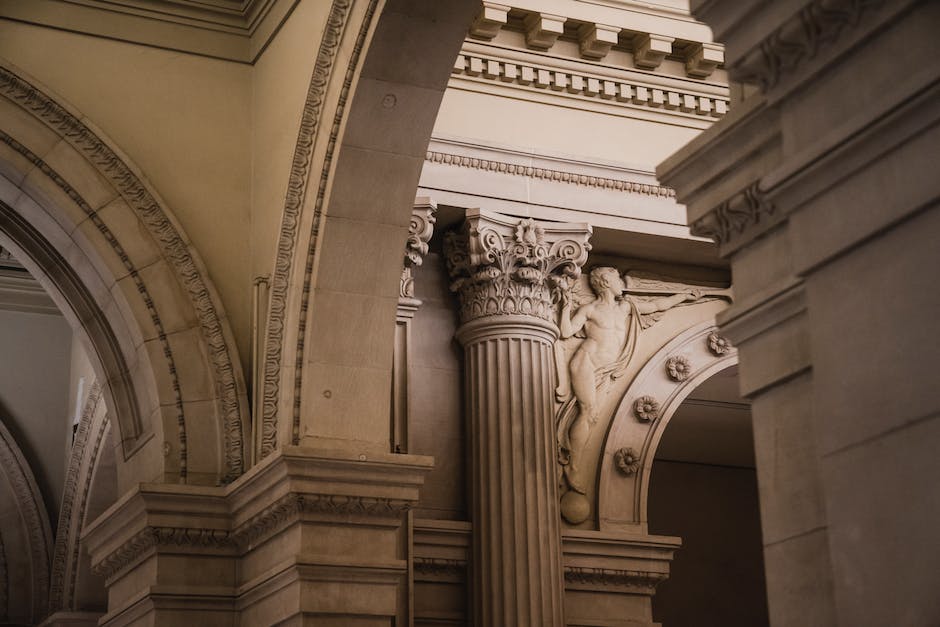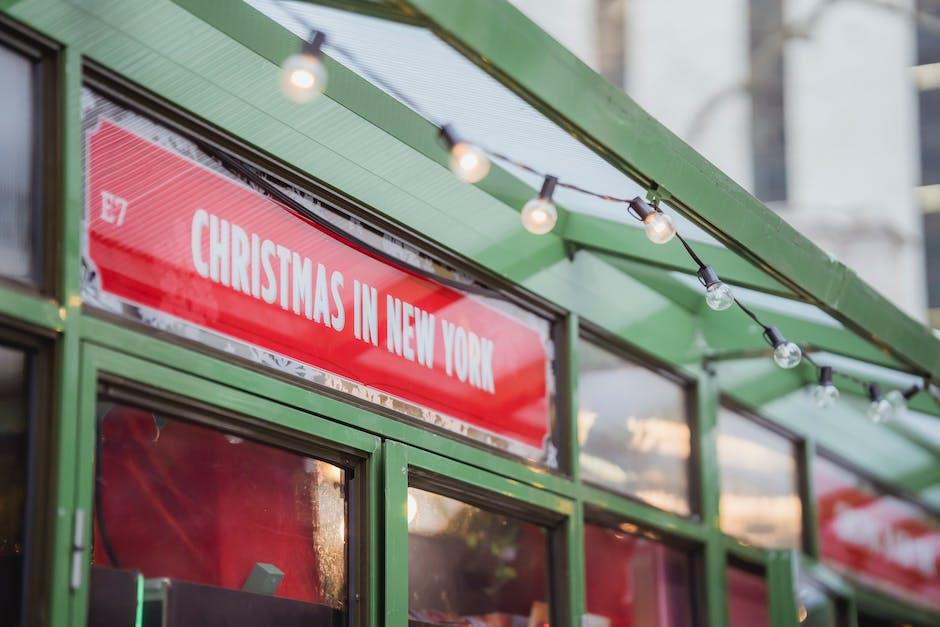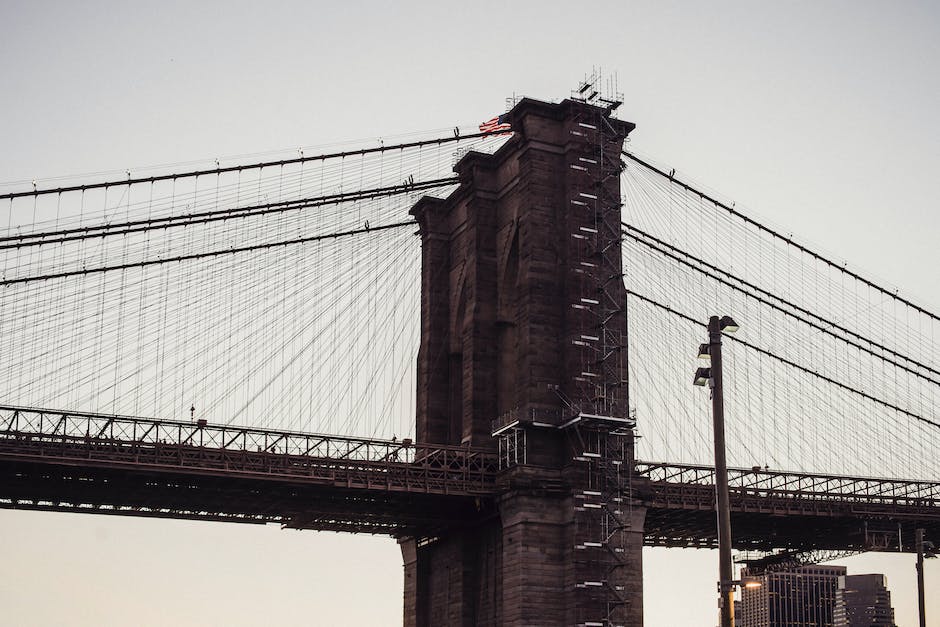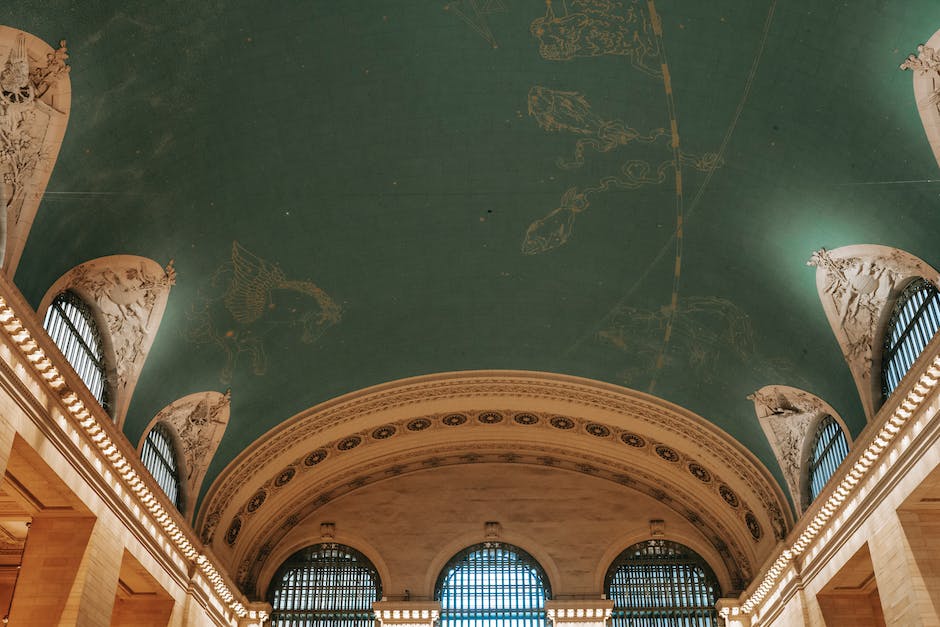The Art of Branding
Logo design is an important part of branding. If done right, it can make or break a company’s image.
Logos are how companies establish themselves in the mind of the public. They have been around for decades, but only recently has there been an explosion of quality logos from indie brands as well as big corporations.
If you look at the below examples, you will see that they all have one thing in common.
They are all unique! It seems obvious, but when designers try to be creative, things usually come out very ugly. By being creative, I mean using different fonts, shapes, and colors; however, if you think about it, these things are not really unique anymore.
People are starting to get used to seeing certain font faces and styles start to become popularized. We live in a world where most people expect to see simple rounded corners and thick lines.
So what makes a logo special? How do we take something that is familiar and make it new? That is why they call it branding.
Unique Colors and Design
One type of unique advertising signage is color, both basic colors and tints. There are many different ways to use color in marketing materials.
Color can be used for contrast or association. It can be used directly or indirectly. Directly, it is used to represent product category names or sign logos. Indirectly, it may be used to highlight key messages, products, services, or features.
It may also be used to create visual excitement or emotional resonance. For example, color can be used to trigger memories or emotions related to an event or product. Color can also enhance physical sensations (like pain).
Lastly, color can be used effectively as a powerful tool to differentiate one brand from another. Each brand has its own identity and signature style, and color helps build recognition and differentiation.
Some prefer to call this “colorization” or “colorful branding.” Many feel that it creates a sense of cohesion and continuity among employees, contributing to a feeling of trust and confidence. Others claim that with proper usage, colorized branding improves attention and communication skills, productivity, creativity, and engagement.
There are several examples of successful colorized brands in the world, including Apple, IBM, Harley-Davidson, McDonald’s, and Southwest Airlines. The popularity of these companies’ branding strategies shows that consumers still respond positively to colorized branding.
Three-Dimensional Space
Modern technology makes it possible to produce signs in three dimensions today. When you see a sign that’s been produced using 3D printing, for example, this can be a very unique piece.
Many businesses use signage as part of their marketing strategy. For instance, you may have seen billboards along highways with large pictures. Or, you might have passed by a storefront with big graphics hanging outside.
3D printing allows business owners to create custom signage or advertising pieces that are not easily found elsewhere. You can find 3D printed signage products at trade shows. These displays are often used for special events like fundraisers or holiday seasons.
Speaks to Consumers
More and more brands are using signage at events such as trade shows, concerts, and sports games to garner publicity. For example, an individual or brand that wants to show they are serious about business can rent space for a banner.
However, this type of unique advertising does not always work. Many times, businesses that pay little attention to details end up losing customers due to poor signage.
Signs help consumers recognize your brand’s name and message when they are looking for it. When you put signs in places where people will look, they will remember them until they leave. Then, they will know what your brand is like.
If you want to see how important sign language is, go into a store without it. After going through their initial check out process, get some paper and write down what each item costs. Put the prices in a order from most to least expensive.
Next, go back to the same place two days later and do the same thing. Most likely, by now, you will have written a list of items with their corresponding price tags that fall within your budget. This way, you will be prepared if you decide to buy any of these goods.
Motion-Based Advertising
Modern advertising signage usually consists of moving images, sometimes with audio accompanying them. This is because they are effective – people respond to things that move.
Colorful signs are always noticed by people, while black letters on a white background are generally more noticeable.
However, motion-based advertising is not new. In fact, some of the most memorable advertisements from years past used movement as part of their messaging.
Here are some examples of famous motion-based ads from the past.
1930s: Food Marketing
A common theme in these ads is the use of fun animation or video footage to invite viewers to watch the ad. The idea is to make the viewer feel something beyond just reading the text on the screen.
These ads worked, too. According to one study, audiences responded better to visual cues than textual ones. Audiences felt there was more depth to the visuals than to the words.
Another study found that up to 90% of decisions about marketing messages involve visual perception.
1920s: Printing Industry
The billboards at this time were an extremely popular form of advertisement. Colorful posters promoted everything from political candidates to religion.
Some of the earliest known uses of this type of media for unique advertising includes Dorothy’s House, which featured a girl looking for trouble.
This commercial has been widely referenced in pop culture, including references in the Lord of the Rings series and the
Interactive Advertising
Modern advertising has taken many different forms throughout the years, but there are few industries that haven’t at least tried to put their message in some kind of unexpected form. One example is the automotive industry; before advertisements began to pop up everywhere you looked, cars were primarily associated with their functionality (that is, how they move).
Advertising helped change this perception by showing people who drove cars were confident and successful in what was essentially “a man’s world.”
However, one innovative type of advertisement started gaining popularity around the mid-1900s: the travel guide. Rather than trying to attract customers using functional benefits like better performance or design, companies started promoting their products’ geographic placement: their city of origin.
These ads worked so well that we now have cities full of iconic brands and vehicles that belong to a single company. For instance, it takes only a quick visit to Los Angeles to see the famous Volkswagen Beetle logo painted across dozens of automobiles.
Another unique form of signage used to promote products is found in restaurants from the 1800s. While most restaurants feature standard yard signs with pictures of foods, businesses over the past decade have begun placing digital menu boards in the kitchen area where the servers work.
Not only do these boards offer detailed information about dishes, specials, and themed menus, they can also be customized with special software programs that allow them to display dynamic messages and photos. In other words
Advertising on the Go
Long before mobile phones were popular, companies would put up billboards to promote their products. Billboards can be effective for attracting customers if they are set up in highly visible places.
However, there are regulations on how many people can display advertisements along a road or in a public space. As such, companies often have to use creative strategies for sending messages.
One way that businesses have used since ancient times is by placing ads within easy reach. They then pay others to spread it through word of mouth or radio broadcasts.
Some early examples of this type of unique advertising signage include the red cups given out at bars, which contained an offer from a company, and handouts found inside books, whose cover usually displays a brand name. Brand names also began appearing on signs outside restaurants so those passing could read them and learn more about the place.
More recently, studies show that putting posters in windows makes pedestrians feel like they’re being greeted with an official announcement. When they walk into a shop, their eyes are drawn to the posters indicating its importance.
In fact, research shows that when people look at poster slogans, they not only feel informed, but also tend to agree with what they see. This creates an emotional connection between the customer and the product.
Mobile Advertising
More and more businesses are turning to mobile advertising. This is because people are using smartphones, tablets and other mobile devices almost constantly. If you want to reach your target audience, you need to use mobile marketing.
Traditional business cards still have their place in today’s world, but they aren’t as popular as they used to be. People believe that sending someone a digital file is better than giving them your phone number and asking them to text you.
More and more companies are creating apps for consumers so they can enjoy both convenience and quality services. The best way to see this tactic at work is to visit a restaurant website or app and look at how it handles customer service.
If you download an app, make sure that it says “mobile user” in the top left corner. Also check out its updates status to see if there are any problems with downloading the app.
There are many ways to find new customers and get in touch with existing ones through social media. Most restaurants try to keep up with what works and what doesn’t by looking into online polls and reading reviews.
This helps them figure out which tactics will attract buyers and which won’t. You can start by posting about trending dishes and special offers at your restaurant.
Then take these tips to heart and improve your signage and branding. It may seem small, but it will give your restaurant some extra flair.
QR Codes and Mobile Marketing
Have you ever heard about QR codes? If you have, it’s likely that someone was talking about how to use them to help people scan articles and advertisements out of their smartphone and add them to their digital wallet.
But did you know there are other types of codes? And that some companies have been using one type of code for something as unique as their brand identity?
Yes, there is a whole world of branding through signage opportunities in the form of codes. Here, we’ll talk about what they are and how to get started.
First, let’s discuss why coding plays such an important role in marketing today.
QR codes provide a convenient way to transfer information into a consumer’s mobile device. We all carry smartphones these days, so this is a helpful tool to have.
By having consumers scan a barcode or product code with their phone, they can receive additional information including news, promotions, surveys, etc.
These can be either static or dynamic messages. Static messages often include details like the latest sales, discounts, or events happening at a store. They’re very common in retail settings.
Dynamic messages usually involve informing customers of current deals. For example, look for more tips here featuring the best local products and services.










